Astrophytum, a captivating genus of cacti from the rich deserts of Mexico, is renowned for its intricate patterns and unique forms. In the world of succulent enthusiasts, these plants have garnered much admiration, particularly for their astounding seeds and propagation methods. If you’re contemplating cultivating these extraordinary cacti from seed, or merely wish to deepen your understanding of their propagation, this article serves as a comprehensive guide to everything you need to know about Astrophytum seeds and their propagation.
Fascination with Astrophytum begins with its seeds—a gateway to nurturing new generations of these eye-catching plants. This article traverses various facets of Astrophytum seeds and offers insights into successful propagation techniques. Captivating your curiosity and promising an enlightening perspective, let us delve into the intricacies of Astrophytum seeds and the art of bringing them to life.
The Allure of Astrophytum Seeds
Standing out in the world of cacti, Astrophytum seeds boast unique characteristics that set them apart from other plant seeds. Their diminutive size and unusual shapes intrigue hobbyists and botanists alike. Typically, these seeds display an oval to disc-like morphology, varying in color from light tan to dark brown. An interesting feature of Astrophytum seeds is their capability to maintain viability for extended periods, often exceeding a decade. This longevity enables enthusiasts to curate their collections over time and embark on propagation endeavors at their leisure.
Rich in genetic diversity, Astrophytum seeds originate from various species, each exhibiting distinctive growth patterns and characteristics. For instance, seeds from Astrophytum caput-medusae, noted for its peculiar growth form and spiraled body, promise an engaging propagation experience. Similarly, the seeds of Astrophytum myriostigma, adorned with stippled textures, attract those who appreciate aesthetic variety in their plant collection. Such diversity invites growers to experiment and understand the specific care requirements of each species.
Unlocking the Secrets of Germination
Germination, the process through which seed sprouts and begins its transformational journey into a mature plant, serves as the first critical step in propagation. Understanding the needs of Astrophytum seeds during this phase is paramount to success.
Optimal Conditions for Germination
For an Astrophytum seed to awaken from dormancy, specific environmental conditions must be met. Typically, these seeds favor a warm and moist habitat, echoing their native arid ecosystems. A temperature range of 70°F to 85°F (21°C to 29°C) provides an ideal setting for germination. Furthermore, many growers employ a technique called ‘bottom heat’ where a heat mat elevates soil temperature, effectively mimicking the heat absorbed by the earth in their native arid surroundings.
Moisture control plays a pivotal role in the germination of Astrophytum seeds. The soil medium ideally should be a cactus mix or a combination of peat, sand, and perlite, ensuring proper drainage while retaining necessary moisture. It is advisable to moisten the soil before sowing the seeds, allowing for consistent hydration. Once the seeds are sown, a layer of clear plastic or a propagator can be used to create a mini-greenhouse environment that retains humidity while allowing light to permeate.
Light Requirements
In their immature stage, Astrophytum seeds require bright, indirect light for optimal germination. Direct sunlight can be detrimental, causing excessive heat and drying out the seeds. After germination, transitioning to a more direct light schedule plays a crucial role in the healthy growth of seedlings.
Patience is Key
One must harness patience as germination can take anywhere from a few days to several weeks, depending on the species and environmental conditions. During this phase, regular checks for moisture and temperature are essential to foster a nurturing environment for emerging seedlings. Significantly, avoiding excessive watering is crucial—over-saturation can lead to rot and discourage healthy germination.
The Art of Seedling Care
Once germination is achieved, the journey of cultivation continues with attentive care for the nascent seedlings. Several factors contribute to the successful maturation of Astrophytum seedlings, from watering techniques to nutrient provision.
Watering Practices for Astrophytum Seedlings
At this stage, one should adopt a careful watering regimen. Seedlings typically require minimal moisture initially, with frequency scaling up as they grow. A general rule is to water only when the top inch of soil feels dry to the touch. This practice encourages deep root development—essential for the adaptation of these plants to drier conditions as they mature.
Nutrient Requirements
While seedlings thrive on natural soil nutrients, introducing a diluted liquid fertilizer as they develop further can expedite robust growth. Applying a half-strength cactus fertilizer every four to six weeks during the growing season fosters an environment rich in essential nutrients, aiding in overall health.
Transplanting: A Momentous Transition
A pivotal moment in the life of an Astrophytum seedling is the transition to a larger pot, commonly referred to as transplanting. Typically occurring when seedlings develop several sets of spines or are crowded within their initial container, this step is essential for their continued growth. Choosing a pot that offers ample drainage is crucial, as these plants are sensitive to excess moisture around their roots.
Creating the Perfect Soil Mix
A well-draining soil mix is imperative for the health of Astrophytum cacti post-transplanting. An ideal concoction might comprise one part potting soil, two parts coarse sand, and one part perlite. This blend not only retains some moisture but also permits excess water to escape, mitigating the risks associated with root rot.
Onwards to Maturity
As the seedlings develop, their care should shift to accommodate their growing stature. These cacti relish sunlight and should be gradually acclimated to increased light intensity to simulate their natural habitat conditions. Moreover, monitoring for pests and diseases become increasingly important as the plants mature, fostering vigilance in maintaining their health.
Inducing Flowering and Genetic Variability
One of the enticing aspects of propagating Astrophytum from seeds involves the potential for genetic variability. Each seed carries distinct genetic information, leading to variations in growth patterns, color, and overall appearance. As these plants mature, they may produce stunningly unique flowers—a rewarding sight for dedicated growers. By inducing flowering through optimal light and stress conditions, one can witness an array of blooms that are characteristic of their respective species.
Concluding Thoughts
In summary, the journey of cultivating Astrophytum from seed offers a thrilling blend of science and artistry that engages novice gardeners and experienced cacti aficionados alike. From understanding the lifecycle of these remarkable seeds to nurturing seedlings into flourishing plants, every facet of the journey provides insight into the complex world of cacti. The process inspires anticipation as one uncovers the surprises inherent in each unique bloom and growth form. Armed with knowledge about the seeds and propagation of Astrophytum, you can embark on your very own horticultural adventure and uncover the enchanting mysteries hidden within this extraordinary genus.
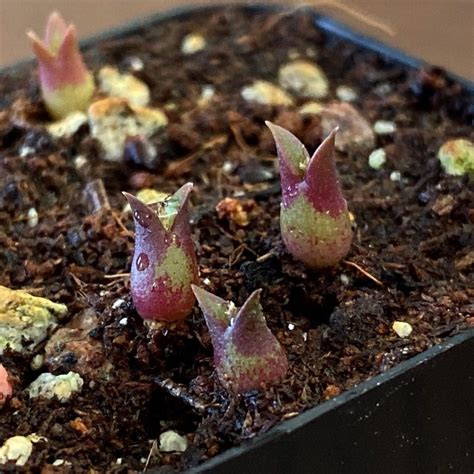
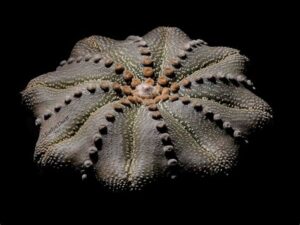
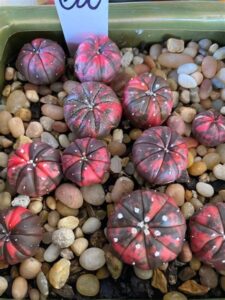
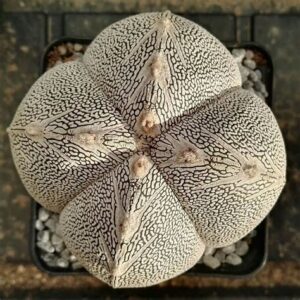
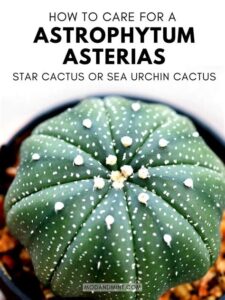
Leave a Comment